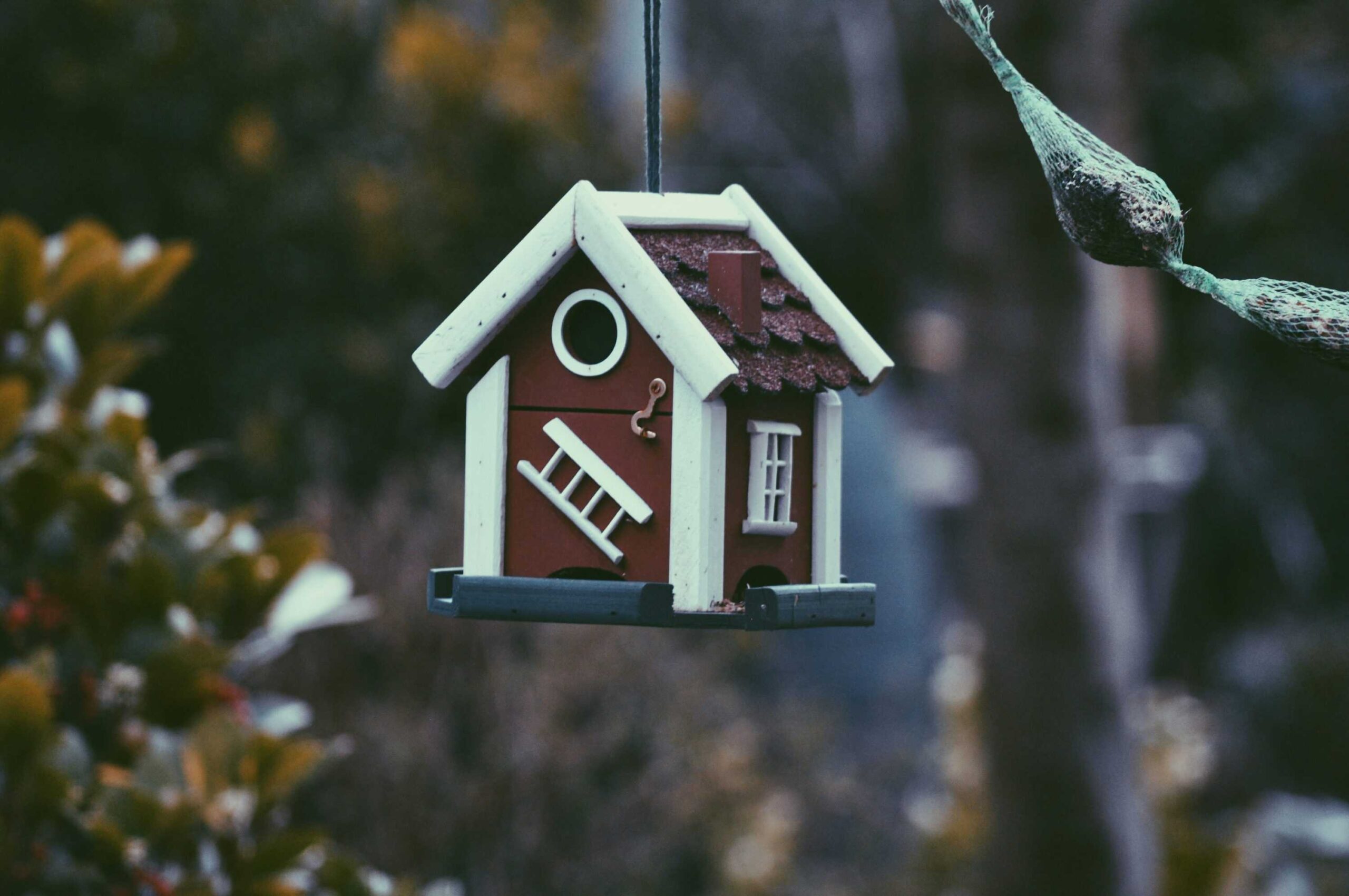First impressions in real estate are everything. Buyers often make a judgment about a home within the first few seconds of walking in—or even before they step through the door. That’s why staging has become a critical part of the selling process. Done well, home staging can help a property stand out, highlight its best features, and even command a higher sale price. If you’re looking to make your property irresistible to buyers, here’s a comprehensive guide to staging your home for maximum appeal.
Why Home Staging Matters
Home staging is more than just decorating—it’s about creating an atmosphere that helps potential buyers imagine themselves living in the space. A well-staged home emphasizes a property’s strengths, minimizes its flaws, and makes it easier for buyers to form an emotional connection. According to industry studies, staged homes sell faster and often for more money than their non-staged counterparts. The National Association of Realtors reports that a majority of buyers’ agents say staging makes it easier for clients to visualize a property as their future home.
Step 1: Start with a Deep Clean
Before you start rearranging furniture or adding décor, the home needs to be spotless. Dust, grime, and odors can instantly turn buyers off. Here’s what to focus on: wash windows inside and out to let in as much natural light as possible; scrub kitchen and bathroom surfaces until they shine; shampoo carpets and mop hard floors; eliminate pet odors and smoke smells with deep cleaning and fresh air circulation. This initial clean sets the stage—literally—for all other staging efforts.
Step 2: Declutter and Depersonalize
The goal of staging is to help buyers picture themselves in the home, not feel like they’re intruding on someone else’s life. That means removing personal photos, unique collectibles, and overly bold design elements. Reduce items on countertops, shelves, and tables to create open, inviting spaces. Pare down closets and storage areas to show there’s ample room. Store away seasonal décor and excess furniture. Think of it as pre-packing for your move while making the home look more spacious and neutral.
Step 3: Create a Neutral Color Palette
Bold wall colors might suit your taste, but they can be polarizing to buyers. Neutral tones like soft grays, warm beiges, and off-whites provide a blank canvas that appeals to a wider audience. If repainting entire rooms isn’t in the budget, consider at least touching up scuffed walls, baseboards, and trim. Even small changes can make a home feel fresh and well-maintained.
Step 4: Arrange Furniture to Maximize Space
Furniture placement plays a big role in how large or small a room feels. Avoid pushing all furniture against the walls; instead, create intentional seating areas that encourage conversation and flow. Use appropriately scaled furniture for the room size. Remove bulky or excess pieces that make a space feel cramped. Allow clear walking paths to avoid a cluttered appearance. In living rooms, angle furniture to highlight focal points like fireplaces or large windows.
Step 5: Enhance Curb Appeal
Buyers often decide whether to view a home before they even step inside. Curb appeal—the way your home looks from the street—can make or break that decision. Mow the lawn, trim hedges, and add fresh mulch. Plant seasonal flowers or add potted plants near the entryway. Repaint or replace the front door for a fresh, welcoming look. Ensure the driveway, porch, and walkways are clean and in good repair. A well-maintained exterior sets the tone for the rest of the showing.
Step 6: Focus on Lighting
Light can dramatically impact how a home feels. Dark, dimly lit rooms tend to feel smaller and less inviting, while bright spaces feel warm and open. Open blinds and curtains to let in natural light. Replace burnt-out bulbs and use high-wattage options where appropriate. Add floor or table lamps to brighten corners. Aim for a balance of natural and artificial light throughout the home.
Step 7: Add Small, Strategic Touches
Once the big elements are in place, small touches can make a big difference in creating a welcoming environment. Fresh flowers or greenery in key rooms, crisp clean linens in bedrooms, new towels in bathrooms for a spa-like feel, and a bowl of fresh fruit in the kitchen all add to the atmosphere. These details can help buyers feel comfortable and emotionally connected to the space.
Step 8: Highlight the Home’s Best Features
If your home has unique architectural details, special upgrades, or a stunning view, make sure they stand out. Arrange furniture, lighting, and décor to draw attention to these assets rather than hide them. Place a reading chair near a picture window to showcase the view. Use accent lighting to highlight a fireplace or built-in shelves. Keep decks and patios clean and staged with outdoor furniture to suggest an inviting lifestyle.
When to Consider Professional Help
While DIY staging is possible, professional home stagers have the expertise and resources to elevate your property’s appeal. They understand current design trends, have access to rental furniture and décor, and know how to target the preferences of local buyers. For sellers who need to sell my house fast or work with cash home buyers, professional staging can be an investment that shortens the sales timeline and maximizes the final sale price.
Final Thoughts
Staging your home for maximum buyer appeal isn’t just about making it look pretty—it’s about strategically presenting it so buyers can see themselves living there. By cleaning thoroughly, decluttering, using neutral tones, arranging furniture thoughtfully, and focusing on lighting and curb appeal, you can significantly increase your chances of selling quickly and at a strong price. Even small changes can make a big difference. Whether you’re handling staging yourself or hiring a pro, remember that the goal is to create a space that feels move-in ready, warm, and full of possibility.

